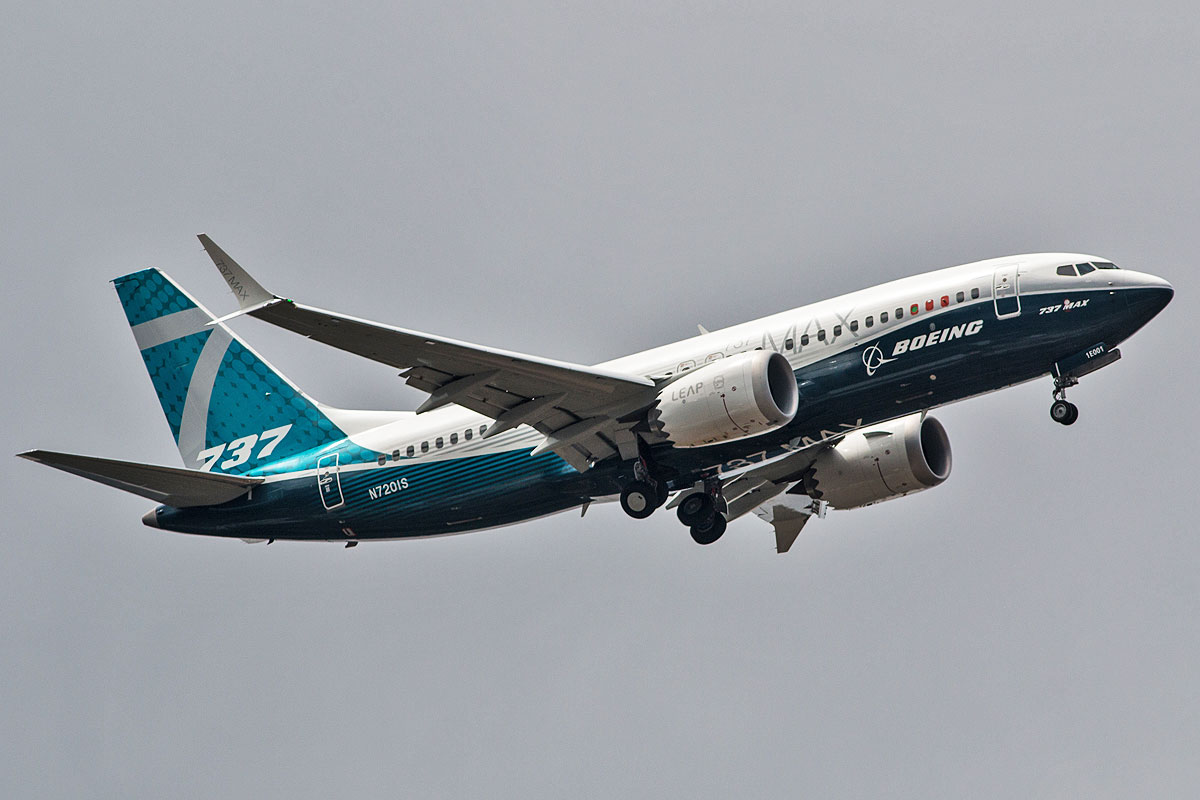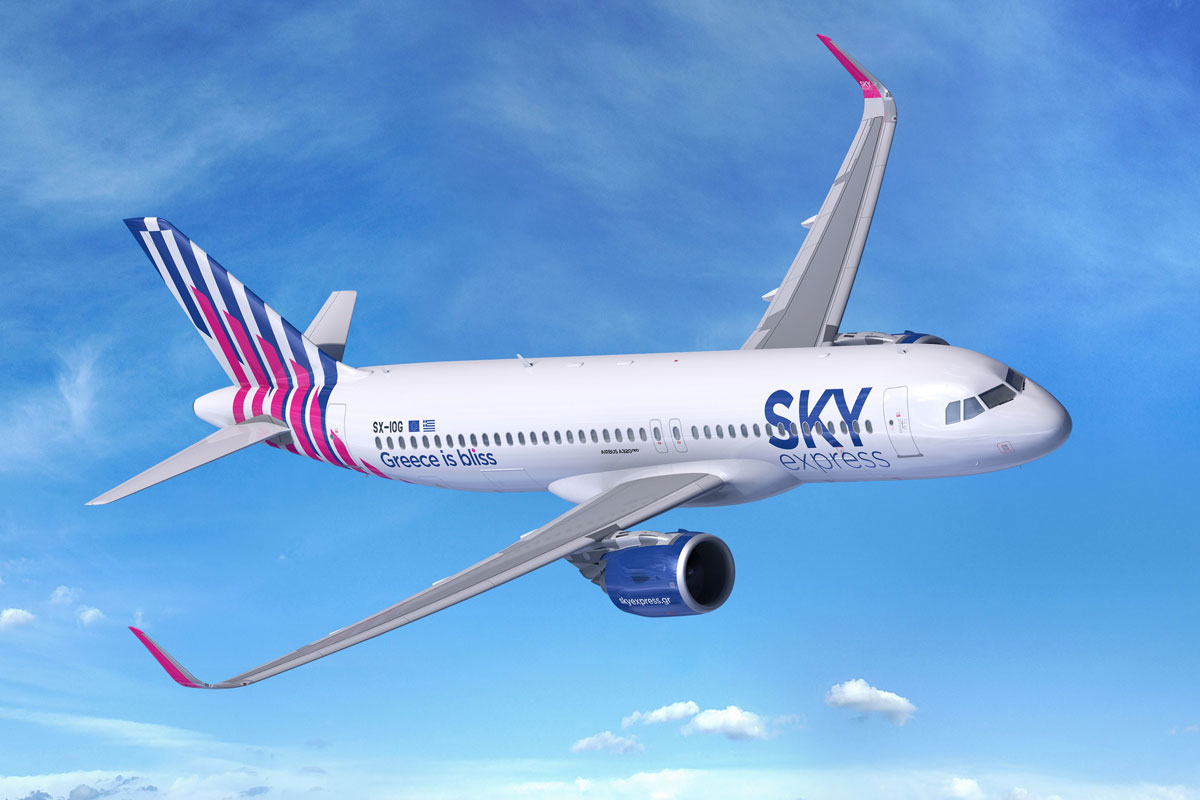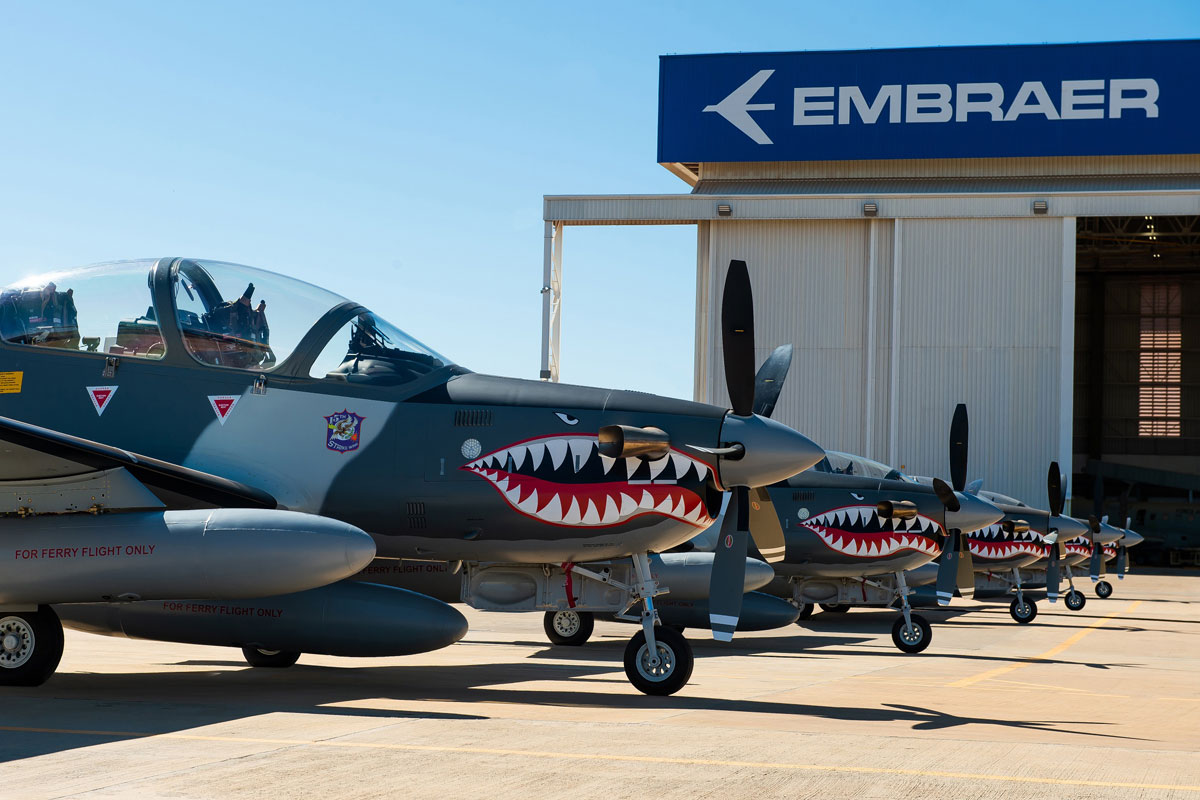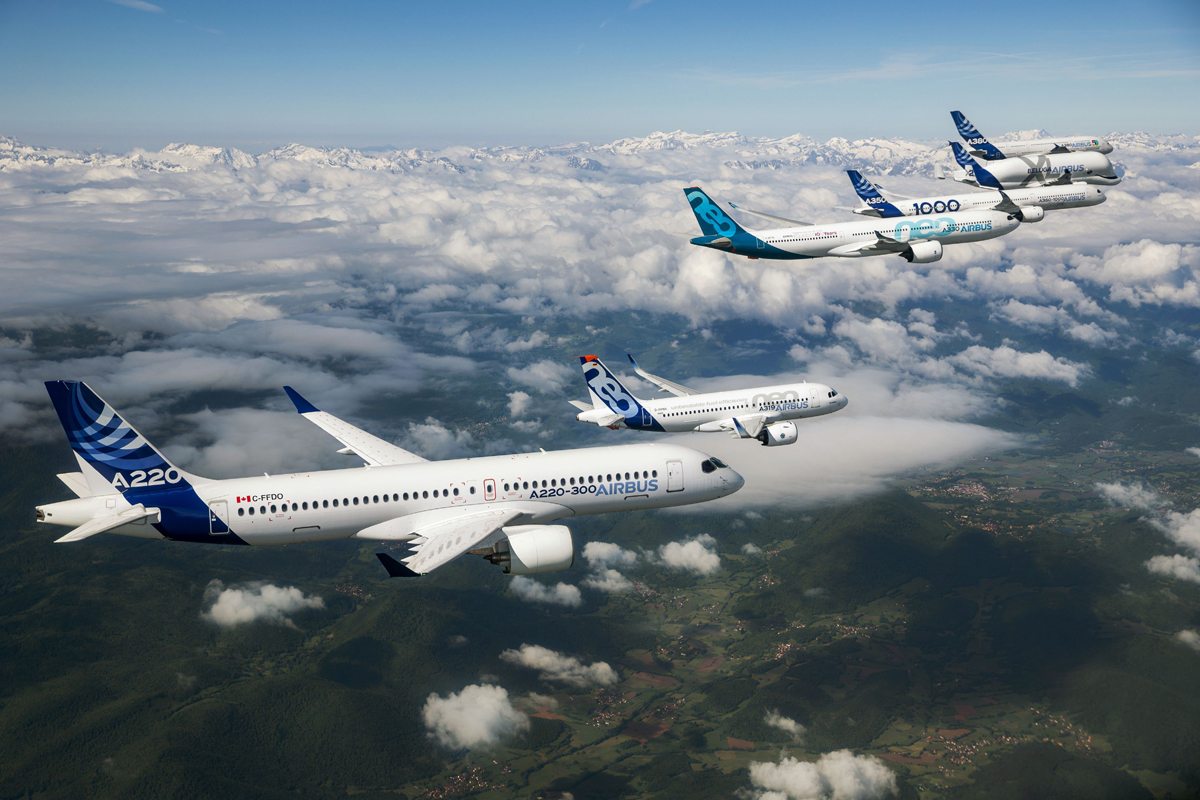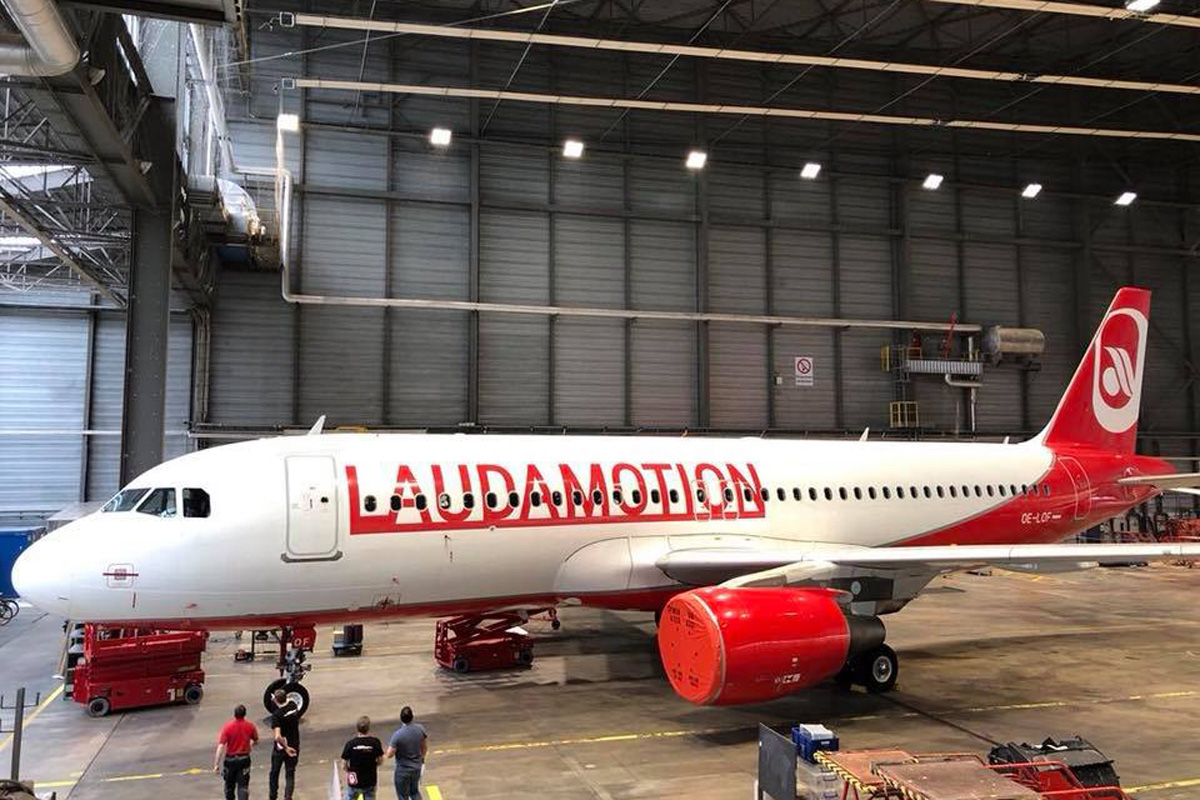EASA, Europe’s civil aviation agency, considers the 737 MAX safe to fly after the modifications made by Boeing. The information was revealed by Bloomberg on Friday citing the agency’s executive director, Patrick Ky. After the tests carried out in September in the US, EASA is revising the documents to issue the draft of a new airworthiness directive in November, said the director.
Ky also revealed that after the directive was issued, the details of the document will be open to public opinion for about a month, a similar attitude already carried out by the FAA, the US civil aviation agency.
EASA, however, has placed an additional ‘synthetic’ angle of attack (AOA) sensor as an extra safety condition from 2022 onwards, which will be mandatory in the 737 MAX 10 version, the largest of the jet. Other versions will undergo a retrofit to receive the equipment in the future.
“Our analysis is showing that this is safe, and the level of safety reached is high enough for us,” said Ky. “What we discussed with Boeing is the fact that with the third sensor, we could reach even higher safety levels.”
Originally, the 737 MAX had only one AOA sensor and it ended up passing the wrong readings in both accidents. The solution accepted by the FAA was the installation of a second sensor, however, associations of pilots and safety engineers questioned this proposal because it created a situation in which pilots will have to deal with two sensors with different data without knowing which one is correct.
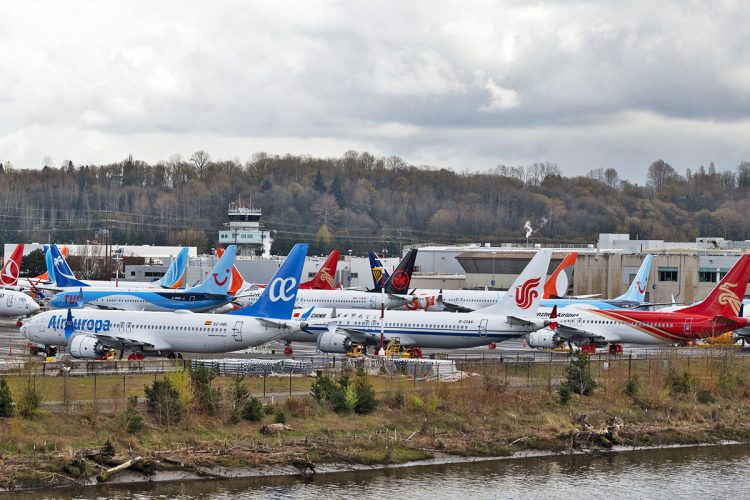
For the director of EASA, the third sensor will facilitate the work of the crew in case of failure of the two mechanical equipment.
As has been common in recent statements, the European agency is more reticent than its US counterparts about releasing the 737 MAX for return to service. The FAA, in turn, can release the Boeing plane by the end of the year, allowing nearly 1,000 aircraft to resume commercial flights.

